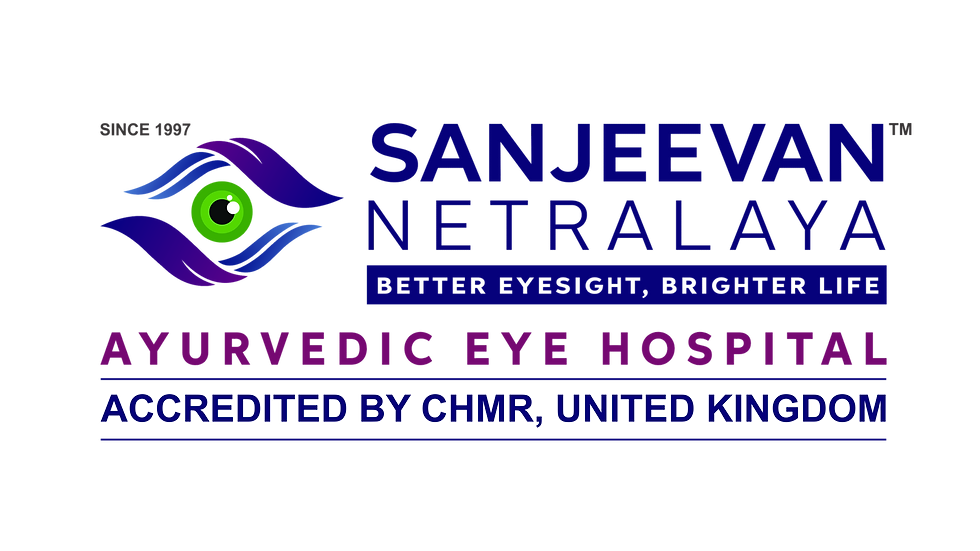- Hiren Suryawanshi
- Aug 14, 2024
- 2 min read
Updated: Sep 26, 2024

Cystoid macular edema or CME, is a painless disorder which affects the central retina or macula. When this condition is present, multiple cyst-like (cystoid) areas of fluid appear in the macula and cause retinal swelling or edema.
Symptoms:
Blurred or decreased central vision (the disorder does not affect peripheral or side-vision)
The symptom described above may not necessarily mean that you have cystoid macular edema. However, if you experience this symptom, contact your eye doctor for a complete exam.
Causes:
Although the exact cause of CME is not known, it may accompany a variety of diseases such as retinal vein occlusion, uveitis, or diabetes. It most commonly occurs after cataract surgery.

Risk Factors:
About 1-3 % of those who have cataract extractions will experience decreased vision due to CME, usually within a few weeks after surgery. If the disorder appears in one eye, there is an increased risk (possibly as high as 50%) that it will also affect the second eye. Fortunately, however, most patients recover their vision with observation or treatment.
At Sanjeevan Netralaya Ayurvedic Eye Hospital, Cystoid macular edema CME is treated with great success.
Cystoid Macular Edema Ayurvedic Treatment at Sanjeevan Netralaya Ayurvedic Eye Hospital
Cystoid Macular Edema (CME) is a condition where fluid accumulates in the macula, causing swelling and distortion of central vision. This condition can significantly impact visual clarity and quality of life. At Sanjeevan Netralaya Ayurvedic Eye Hospital, we offer specialized Cystoid Macular Edema Ayurvedic Treatment aimed at addressing the root causes of CME and supporting overall retinal health.
Our Cystoid Macular Edema Ayurvedic Treatment employs a holistic approach to manage and alleviate the symptoms associated with CME. We use a combination of traditional Ayurvedic remedies and modern techniques to reduce inflammation, enhance fluid absorption, and improve retinal function.

Key aspects of our treatment include:
• Herbal Formulations: Utilizing proprietary Ayurvedic herbs known for their anti-inflammatory and healing properties to help reduce macular swelling and support retinal health.
• Improved Blood Circulation: Enhancing blood flow to the retina to facilitate natural healing and nutrient delivery.
• Holistic Care: Offering guidance on lifestyle changes, including diet and stress management, which are crucial for maintaining eye health and preventing recurrence.
At Sanjeevan Netralaya, our experienced Ayurvedic practitioners customize the Cystoid Macular Edema Ayurvedic Treatment to meet the specific needs of each patient. Our goal is to improve and restore vision while addressing the underlying factors contributing to CME.
If you are seeking a natural and comprehensive solution for Cystoid Macular Edema Sanjeevan Netralaya Ayurvedic Eye Hospital provides the expert care you need. Contact us today to learn more about our Cystoid Macular Edema Ayurvedic Treatment and take the first step towards better vision and overall eye health.

